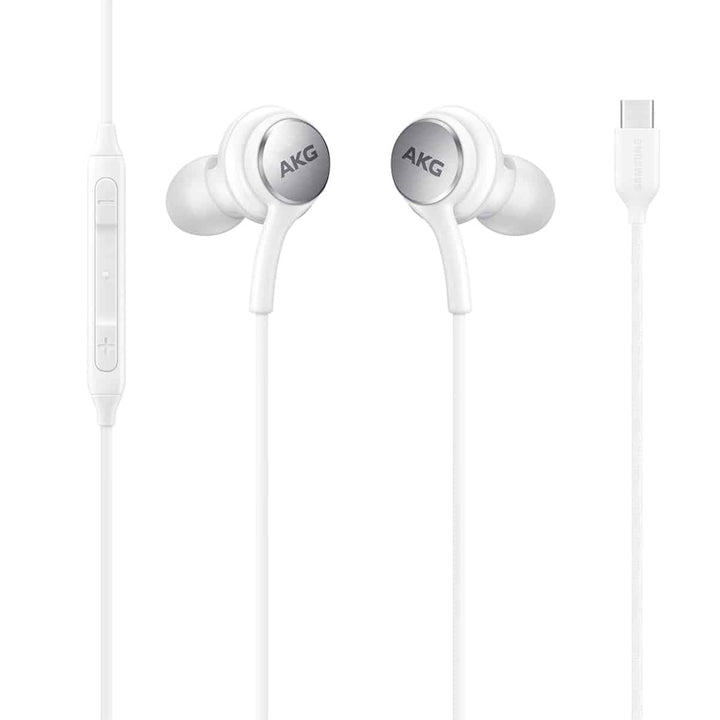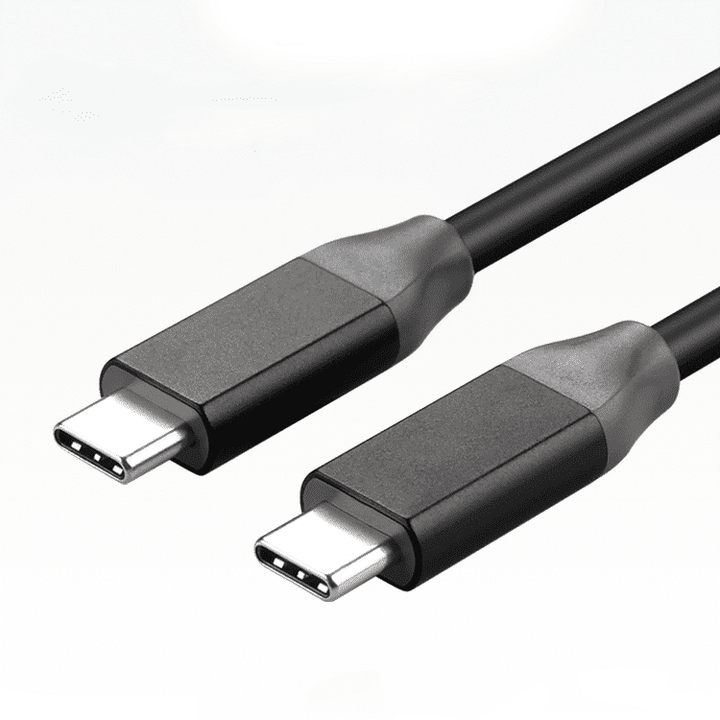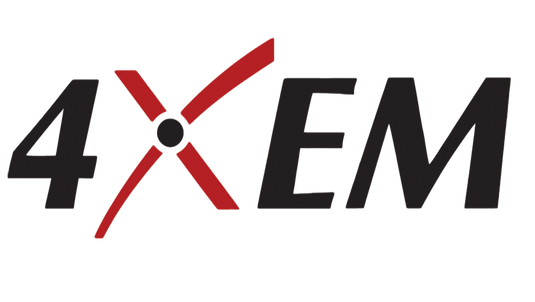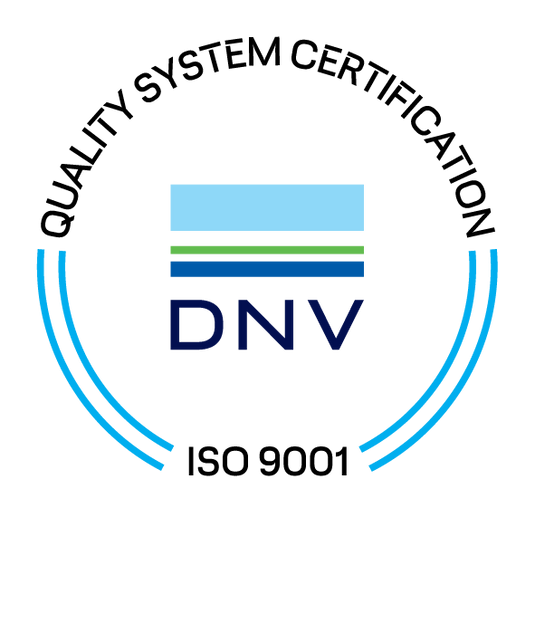What's the Difference Between USB-C and Lightning?
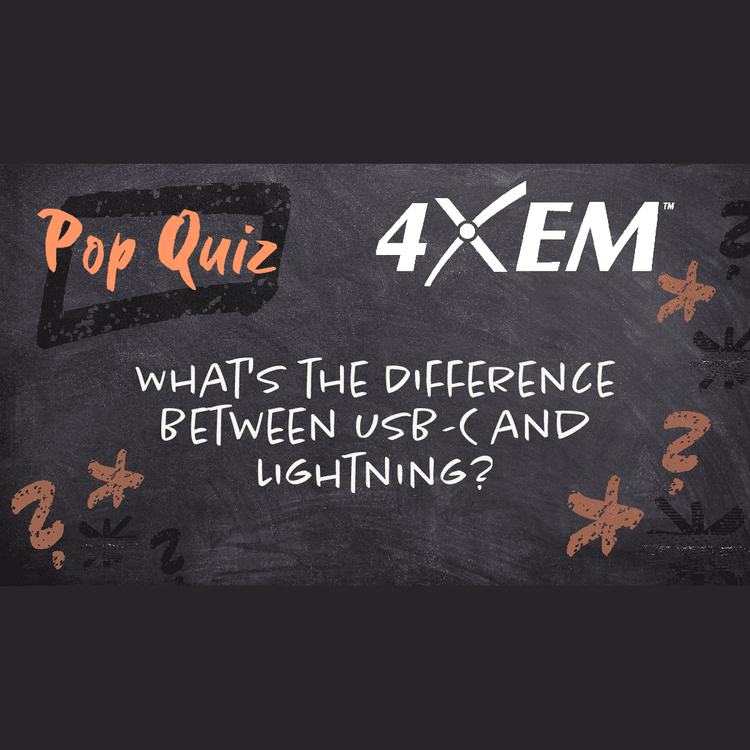

Apple's recent announcement of using USB-C on their new line of iPhone 15s has stirred a lot of interest and questions among consumers. For years, Apple has used its proprietary Lightning connector, but the shift to USB-C is significant. In this blog post, we'll explore the key differences between USB-C and Lightning connectors to help you understand the implications of this change and what it means for iPhone users.

USB-C Is not the Same as Lightning
USB-C: USB-C is an industry-standard connector used by many devices across various platforms, including smartphones, laptops, tablets, and accessories. Its widespread adoption means you can use the same cable to charge and transfer data between different devices, regardless of the manufacturer.
Lightning: Lightning is Apple's proprietary connector, which means it's primarily used with Apple devices. While it offers a reliable connection for iPhones, iPads, and iPods, it limits cross-compatibility with non-Apple products.
Data Transfer Speeds
USB-C: USB-C supports faster data transfer speeds than Lightning. The latest USB-C technology, such as USB 3.1 and USB 4, can offer data rates of up to 40Gbps, making it ideal for transferring large files quickly.
Lightning: Lightning connectors, while efficient, can't match the data transfer speeds of USB-C. They typically support USB 2.0 or USB 3.0 speeds, which are slower in comparison.
Charging Speed and Power Delivery

USB-C: USB-C also supports a feature called Power Delivery (PD), which allows for faster charging of devices. With PD, you can charge your smartphone, laptop, or other USB-C devices more quickly and efficiently. USB-C can also deliver higher power levels for charging laptops and other high-power devices.
Lightning: While Apple's Lightning connector supports fast charging, it doesn't offer the same level of power delivery as USB-C. It's mainly designed for Apple's mobile devices and accessories.
Reversibility
USB-C: One of the most significant advantages of USB-C is its reversible design. You can plug it in either way, saving you the hassle of trying to figure out the correct orientation. This feature makes it more user-friendly.
Lightning: The Lightning connector is also reversible, so it's relatively easy to connect your Apple devices. However, it doesn't have the universal compatibility that USB-C offers.
Availability and Accessories
USB-C: USB-C cables and accessories are widely available from various manufacturers and at different price points. This ensures that you have a wide range of options when it comes to choosing accessories or replacement cables.
Lightning: While Apple's Lightning cables and accessories are readily available, they often come with a premium price tag. Third-party Lightning accessories are also available, but if they are not MFi-certified, it may not meet Apple's strict quality standards.
Apple's decision to adopt USB-C for its iPhone 15s marks a significant shift towards a more universal and versatile connection standard. While Lightning served Apple well for many years, the move to USB-C means improved compatibility, faster data transfer speeds, and more versatile charging options for users. As the tech industry continues to embrace USB-C as a standard, consumers can look forward to greater ease of use and cross-device compatibility in the future.
Adapting to the New World
Not ready to throw out your old Lightning charging cable? 4XEM offers a high-quality Lightning to USB-C adapter that will help you stay connected to the new USB standard. Learn more about this product here.
Featured 4XEM Products
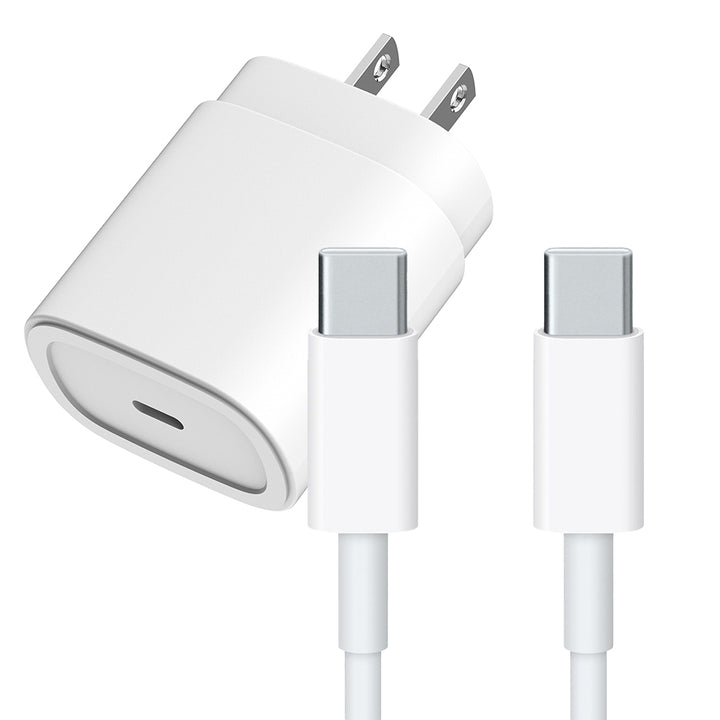
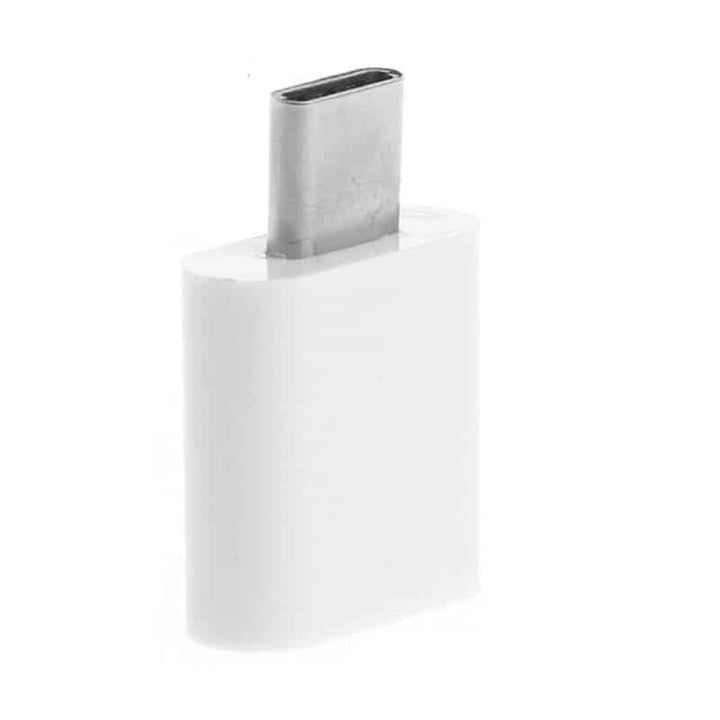
If you are looking to make the switch to one of the new Apple iPhone 15's, browse our selection of reliable USB-C charging cables and wall adapters.
